Chipotle Que Es – What Does It Really Mean?
If you've ever bitten into a burrito and tasted that unmistakable smoky heat, chances are, you're experiencing the magic of chipotle. But what exactly is chipotle que es? Is it a spice? A pepper? Or just a fancy word for jalapeño with a tan?
In this article, we'll take a deep dive into the smoky world of chipotle — where it comes from, how it's made, why it’s so beloved in global cuisine, and even how to use it like a pro. Let’s smoke out the truth together!
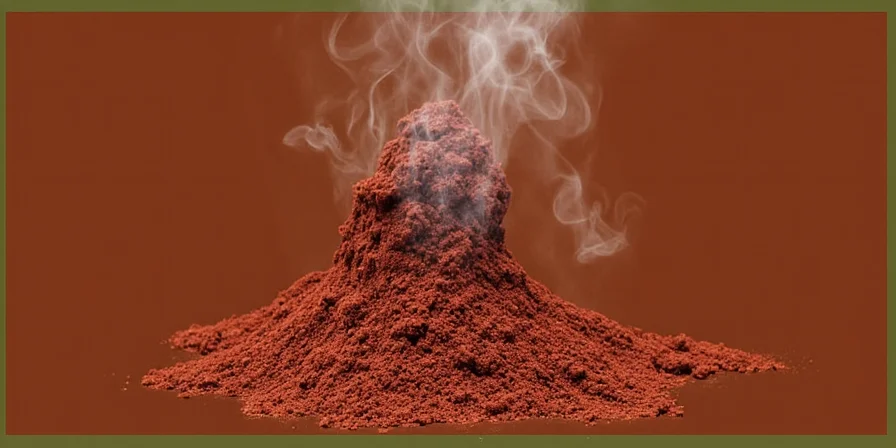
What Exactly Is Chipotle Que Es?
“Chipotle que es” might sound like an existential question from a fiery chili philosopher, but let’s break it down:
- Chipotle: From Nahuatl “chilpoctli,” meaning “smoked chili.”
- Que es: Spanish for “what is.”
So, putting it all together — “Chipotle que es?” = “What is chipotle?”
And the answer is: Chipotle refers to smoked, dried jalapeño peppers. Yep, these wrinkled little powerhouses start their lives as green jalapeños, which are left to ripen longer (turning red), then smoked and dried.
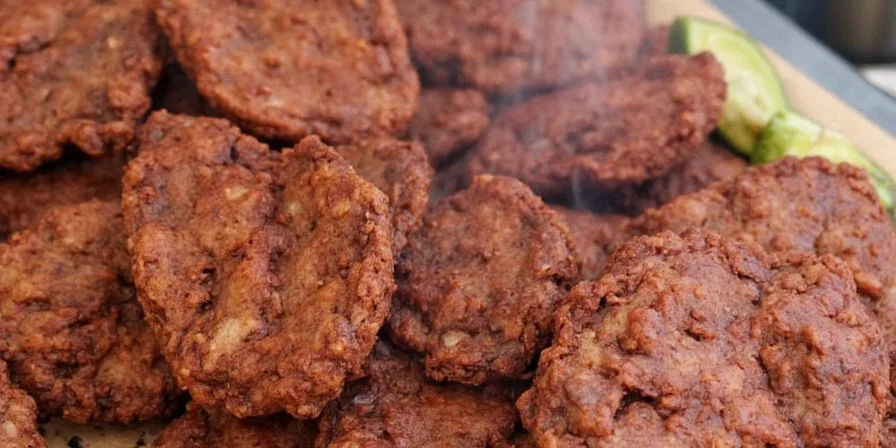
Key Characteristics of Chipotle Peppers
| Feature | Description |
|---|---|
| Heat Level | Mild to medium-hot (2,500–8,000 SHU) |
| Flavor Profile | Smoky, earthy, slightly sweet |
| Texture | Dry, leathery when whole; smooth when ground |
| Common Forms | Whole, powder, in adobo sauce |
The Journey of a Jalapeño: From Garden to Smokehouse
To truly understand chipotle que es, we need to follow the journey of a jalapeño from harvest to plate.
- Ripening: Jalapeños are left on the plant to turn red instead of being picked early as green peppers.
- Harvesting: Fully matured red jalapeños are collected for processing.
- Smoking: The peppers are slowly smoked over wood fires (often oak or mesquite) for several days.
- Drying: After smoking, they’re sun-dried until shriveled and ready for storage or grinding.
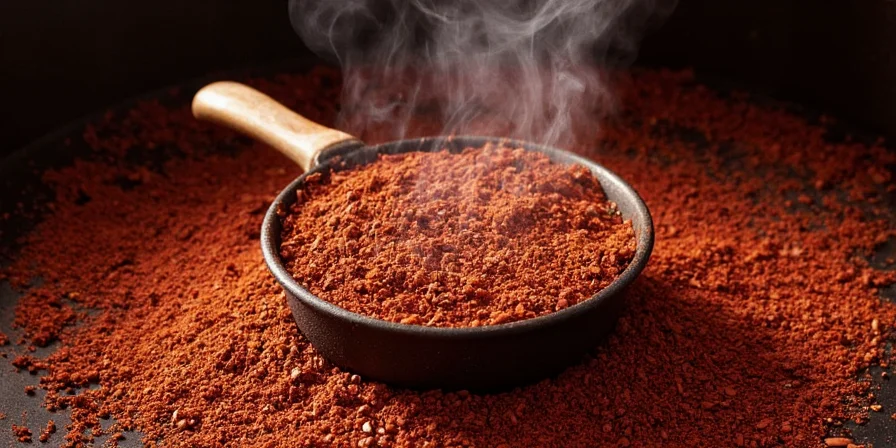
Pro Tip: Not All Smoked Peppers Are Chipotles!
You can technically smoke any chili pepper, but true chipotle peppers come specifically from Mexico and are made using traditional methods. Other cultures may have similar smoked chilies, but they go by different names like mulato or meco.
Global Spice Traditions Meets Chipotle
While chipotle has deep roots in Mexican cooking, its popularity has gone global. Here’s how different regions incorporate this smoky marvel:
| Region | Culinary Use | Notable Dishes |
|---|---|---|
| Mexico | Mainstay in sauces, salsas, and stews | Mole negro, enchiladas en molé, tacos al pastor |
| United States | Burgers, BBQ rubs, gourmet sauces | Chipotle mayo, grilled chicken, mac ‘n’ cheese |
| Asia | Used sparingly for smoky depth in fusion dishes | Smoked tofu stir-fries, ramen infusions |
| Europe | Luxury ingredient in artisan cheeses, pastas, oils | Chipotle olive oil, smoked pepper risotto |
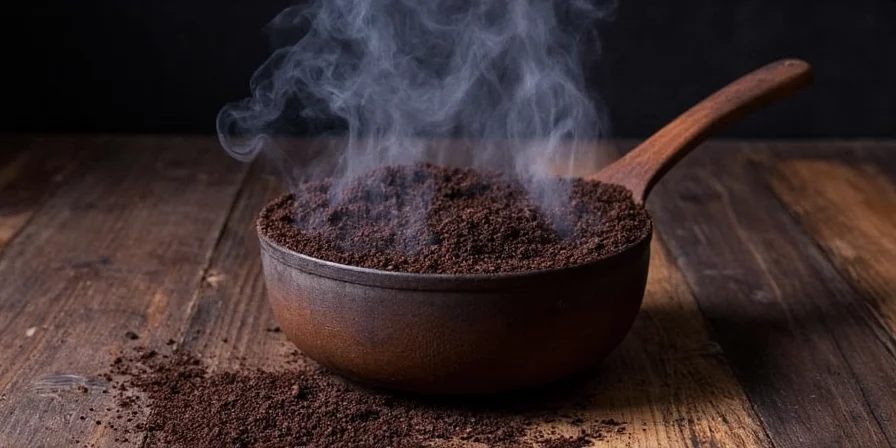
Using Chipotle in Your Kitchen: Pro Tips & Tricks
Cooking with chipotle can be intimidating if you're not familiar with it. Here are some tips to help you wield its smoky power like a pro:
1. Know the Forms of Chipotle
- Whole chipotles: Great for rehydrating and blending into sauces or soups.
- Chipotle powder: Adds instant smokiness to rubs, marinades, and dry blends.
- Chipotles in adobo sauce: Ready-to-use canned version with tangy flavor and soft texture.
2. Balance the Heat
While chipotle isn’t overly spicy, it does pack a punch. To balance its heat:
- Pair with dairy (like sour cream or yogurt)
- Add sweetness (honey, brown sugar, maple syrup)
- Use acid (lime juice, vinegar, tomatoes)
3. Rehydrate Like a Chef
Want to use whole chipotles in a sauce or puree? Soak them first:
- Place dried chipotles in a bowl.
- Pour hot broth or water over them.
- Cover and let sit for 20–30 minutes until softened.
- Drain (but save the soaking liquid for extra flavor!)
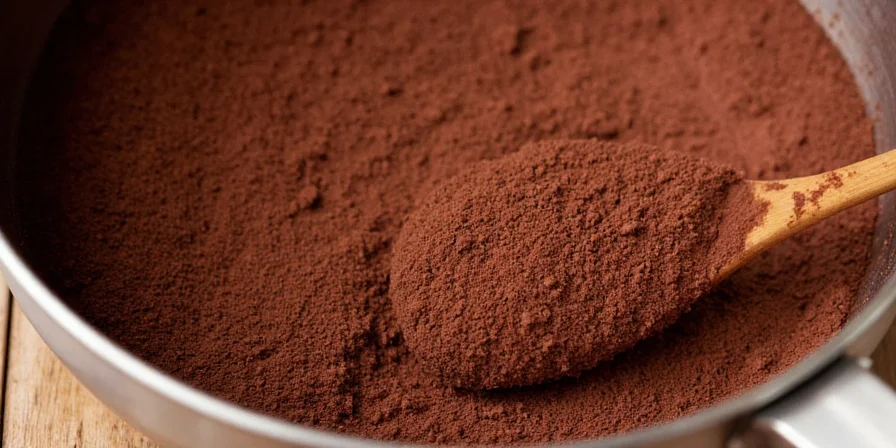
4. Make Your Own Chipotle Powder
If you love experimenting, try making your own chipotle powder:
- Toast dried chipotles in a dry skillet for a few minutes.
- Let cool, then grind in a spice grinder or blender.
- Sift to remove large bits (optional).
- Store in an airtight container away from light.
5. Don’t Overdo It!
A little chipotle goes a long way. Start with small amounts and adjust to taste. Remember: You can always add more heat, but you can’t take it away once it’s in the pot.
Chipotle Myths Busted!
There are plenty of misconceptions floating around about chipotle que es. Let’s set the record straight:
Myth 1: Chipotle Is Just a Spicy Jalapeño
Truth: While it starts as a jalapeño, the smoking and drying process transforms its flavor entirely. It’s no longer just a jalapeño — it’s a complex, smoky delight.
Myth 2: Chipotle Is Always Very Hot
Truth: It has moderate heat, especially compared to peppers like habanero or ghost pepper. The real star is the flavor, not the burn.
Myth 3: Only Professionals Can Cook with Chipotle
Truth: Absolutely false! Anyone can enjoy chipotle at home. Just start small, experiment, and keep tasting as you go.
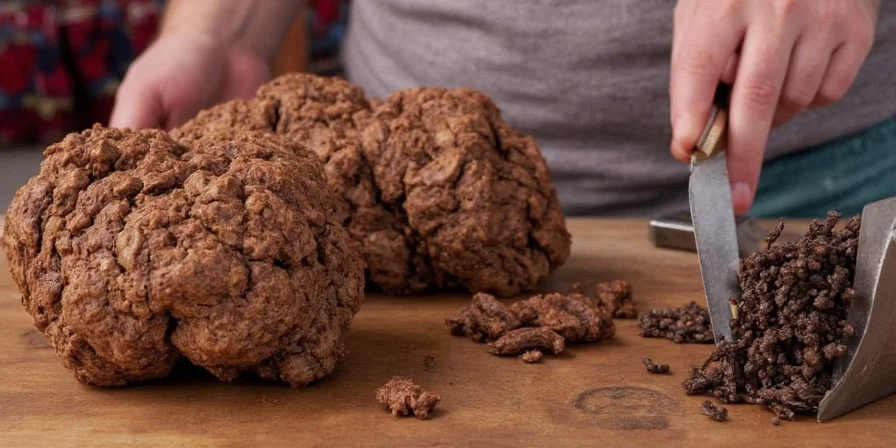
Final Thoughts: Embrace the Smoke
Now that you’ve answered the age-old question — chipotle que es — it’s time to embrace this flavorful firestarter in your kitchen. Whether you’re a professional chef or a weekend griller, chipotle brings a bold, smoky richness that can elevate everything from simple salsas to decadent desserts (yes, really!).
So go ahead — grab those dried peppers, open that can of chipotles in adobo, or sprinkle a dash of powder into your next dish. And remember: life’s too short for bland food!
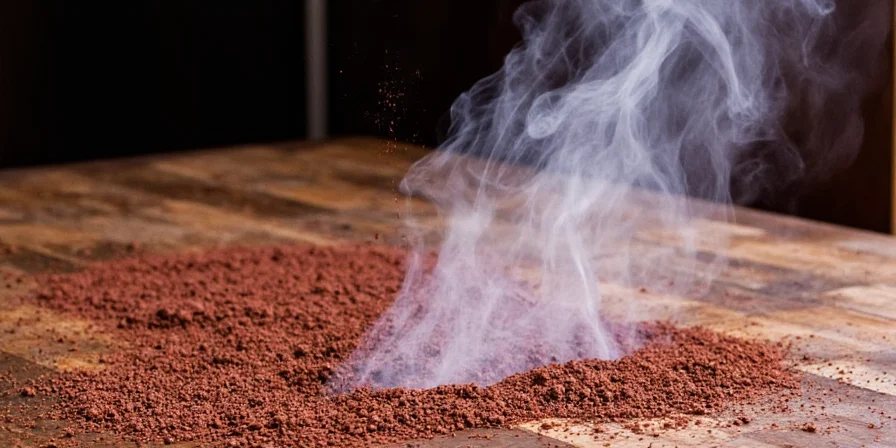
Summary Box: Everything You Need to Know About Chipotle
| Category | Details |
|---|---|
| Origin | Mexico |
| Base Pepper | Ripe jalapeño |
| Processing Method | Smoked and dried |
| Common Forms | Whole, powder, in adobo sauce |
| Flavor Profile | Smoky, earthy, mildly spicy |
| Scoville Units | 2,500–8,000 |
| Best Pairings | Dairy, citrus, sweeteners, hearty proteins |

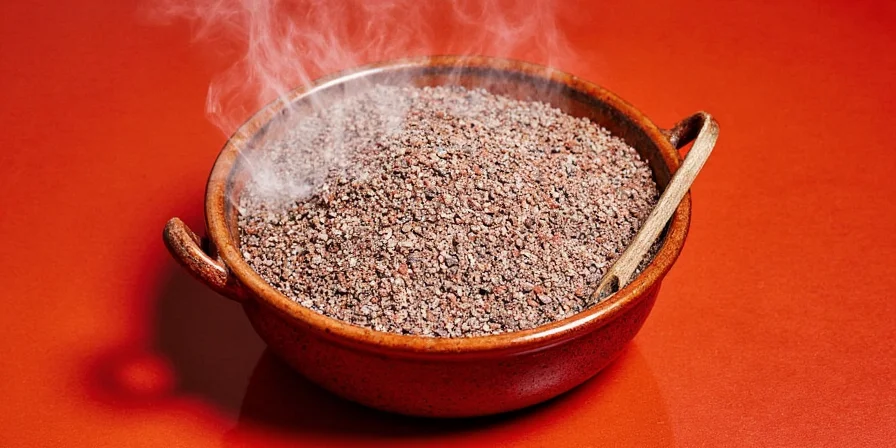









 浙公网安备
33010002000092号
浙公网安备
33010002000092号 浙B2-20120091-4
浙B2-20120091-4